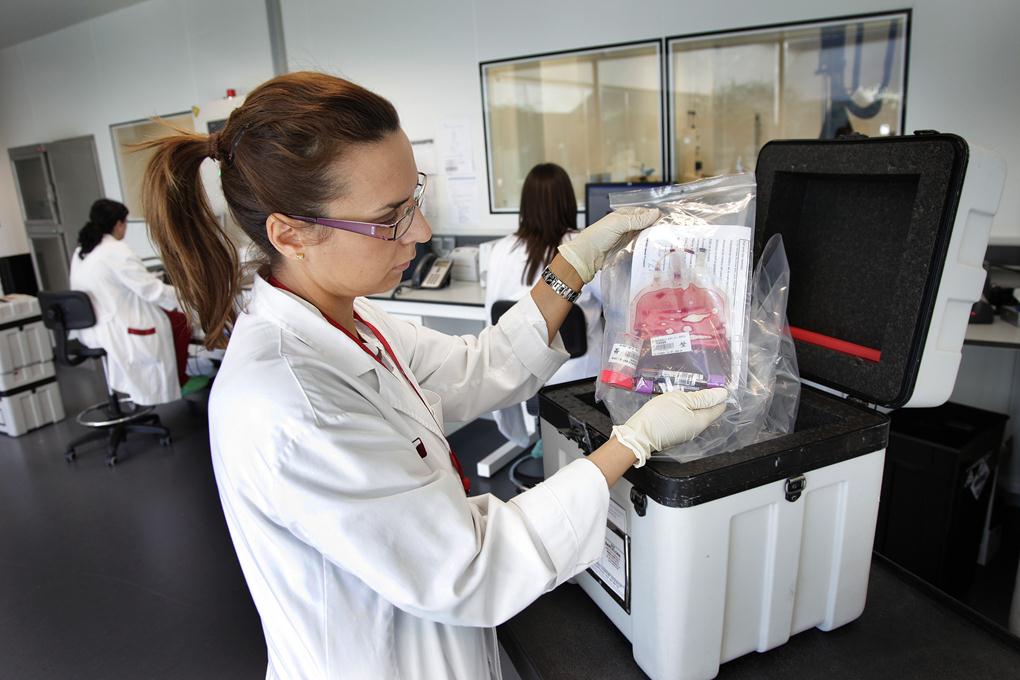After a baby is born and the umbilical cord is cut, some blood remains in the blood vessels of the placenta and the portion of the umbilical cord that remains attached to it. After birth, the baby no longer needs this extra blood. This blood is called a placental blood or umbilical cord-blood-cord blood for short.
Cord blood contains all the normal elements of blood – red blood cells, white blood cells, platelets and plasma. But it is also rich in hematopoietic blood-forming stem cells, similar to those found in bone marrow. This is why cord-blood can be-used for transplantation as the alternative-to-bone marrow.
Cord-blood is being used-increasingly on a trial basis as the source of stem-cells, as a distinct option for bone marrow. Most rope blood-transplants have been performed in-patients with blood and resistant system diseases. Line Blood-transplants have also been-performed for patients with hereditary or metabolic diseases. More than 80 unique diseases have been dealt with to date with disconnected line blood transplants.
The blood with-in your new-born baby’s umbilical string contains youthful stem-cells that can reestablish themselves and get to be specialized. These line blood stem-cells have been demonstrated in treat-ment to offer kids some assistance with replacing harmed blood cells with solid ones-and strengthen they insusceptible systems.
Rope blood saving money is a process of gathering and storing-these stem cells for potential medical use. Cord blood, which contains powerful stem-cells, comes from a newborn’s umbilical cord and is collected-immediately after-birth. Once the umbilical cord has been clamped and cut, the remaining blood in the umbilical cord is drawn into a collection bag.
Cord-blood stem-cells are biologically younger and are more flexible compared to adult stem cells from other sources like the bone marrow.
Why It’s Special
Nearly 80 life-threatening diseases from cancers to blood diseases to immune disorders can be treated today using cord blood stem-cells. The proven effectiveness of these amazing cells has made cord blood the fastest growing source of stem-cells in pediatric transplants, and thanks to advancements in research it is the treatment potential continues to expand.
Beyond the matching benefits of family cord-blood-banking, cord blood-stem-cells have a special characteristic that makes them more effective than other types of the stem cells. Simply put, they are young and inexperienced and that’s a good thing.
Cord blood stems cells are immunologically naive, which means they are less developed and more flexible than other adult stem cells such as bone marrow. When used in treatment, cord blood-stem cells are less likely to cause trouble and therefore can more easily integrate themselves into a patient’s body.The Stem cells can heal the body, promote recovery, and offer an enormous amount of therapeutic potential.
Unique: They will the be a perfect match for her or his own particular undeveloped cells and may be a match for a kin or other relative.
Smart: Stem cells know how to discover harmed tissue and the cells in the body and start a healing process.
Powerful: They are used to treat numerous life-undermining illnesses, including iron deficiency, leukemia and other tumors.
Sourced from: ViaCord
Posted on May 22, 2023


